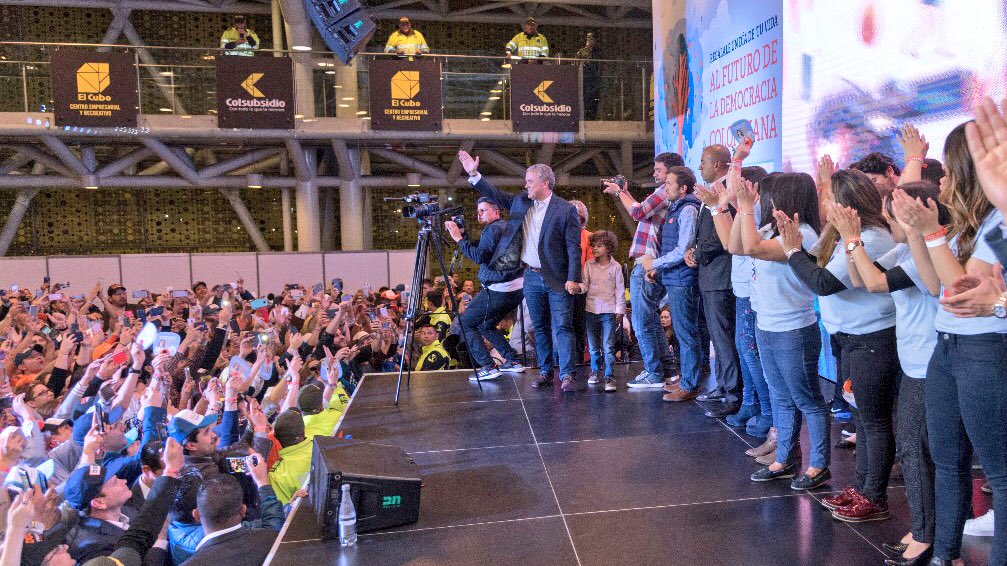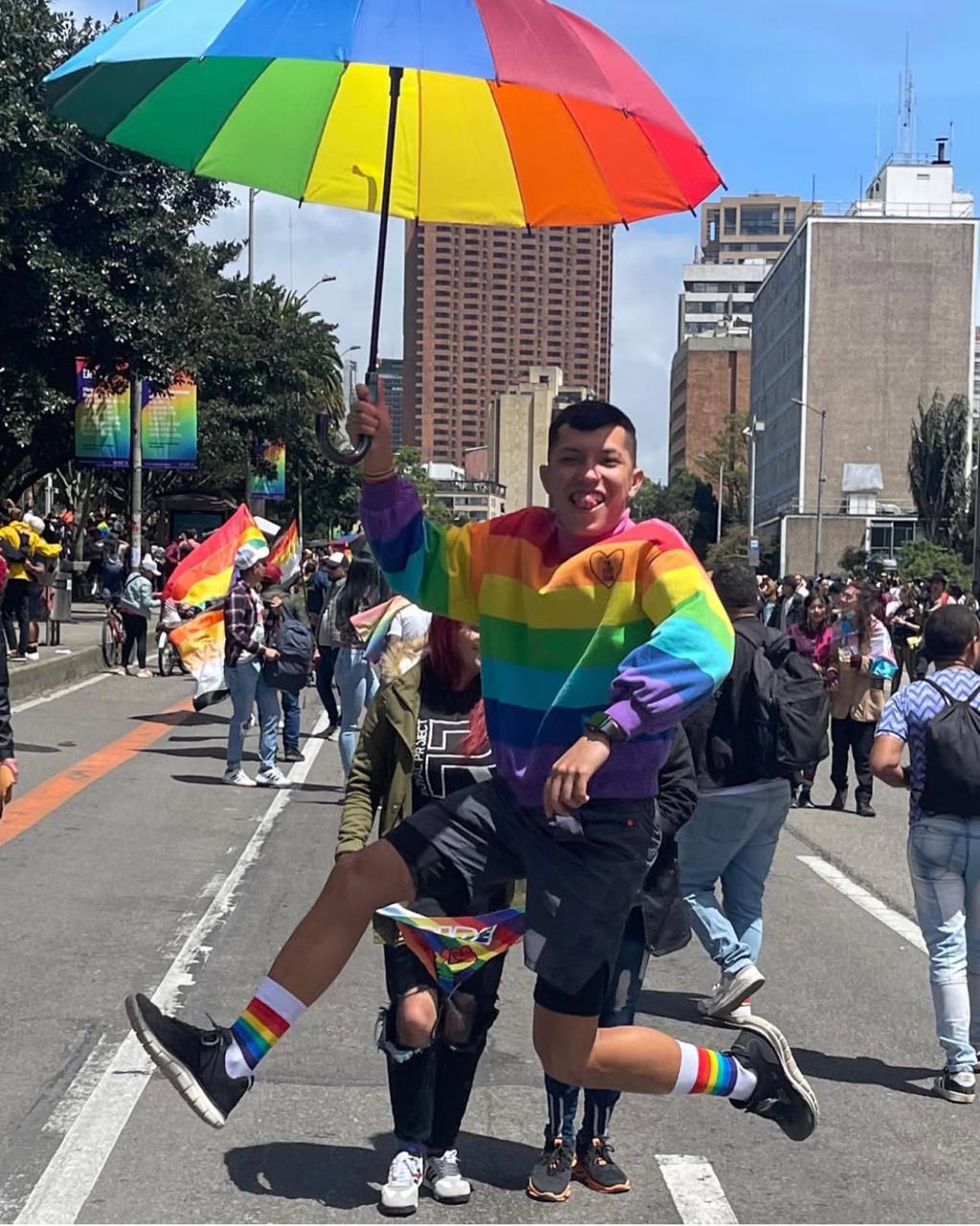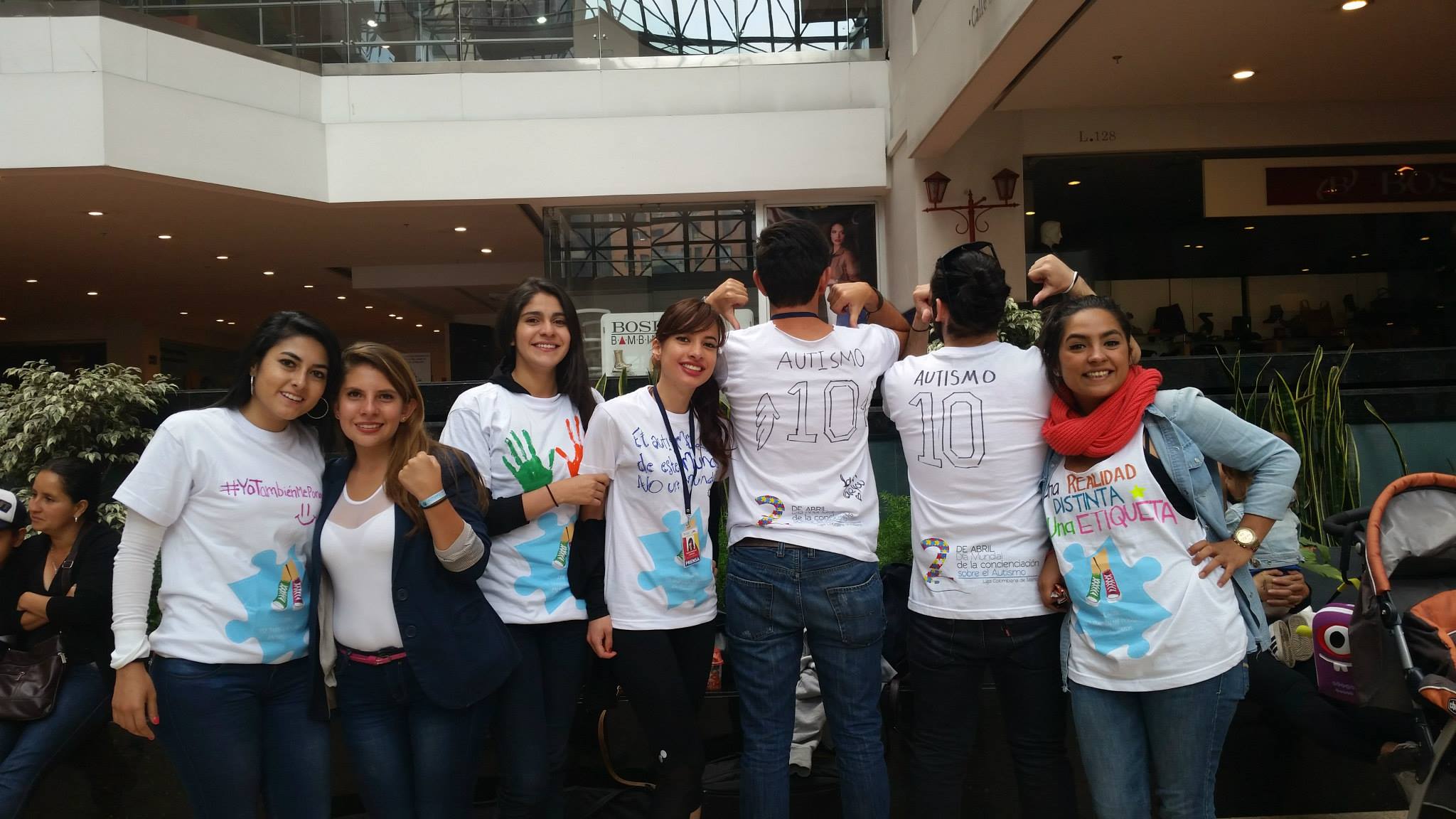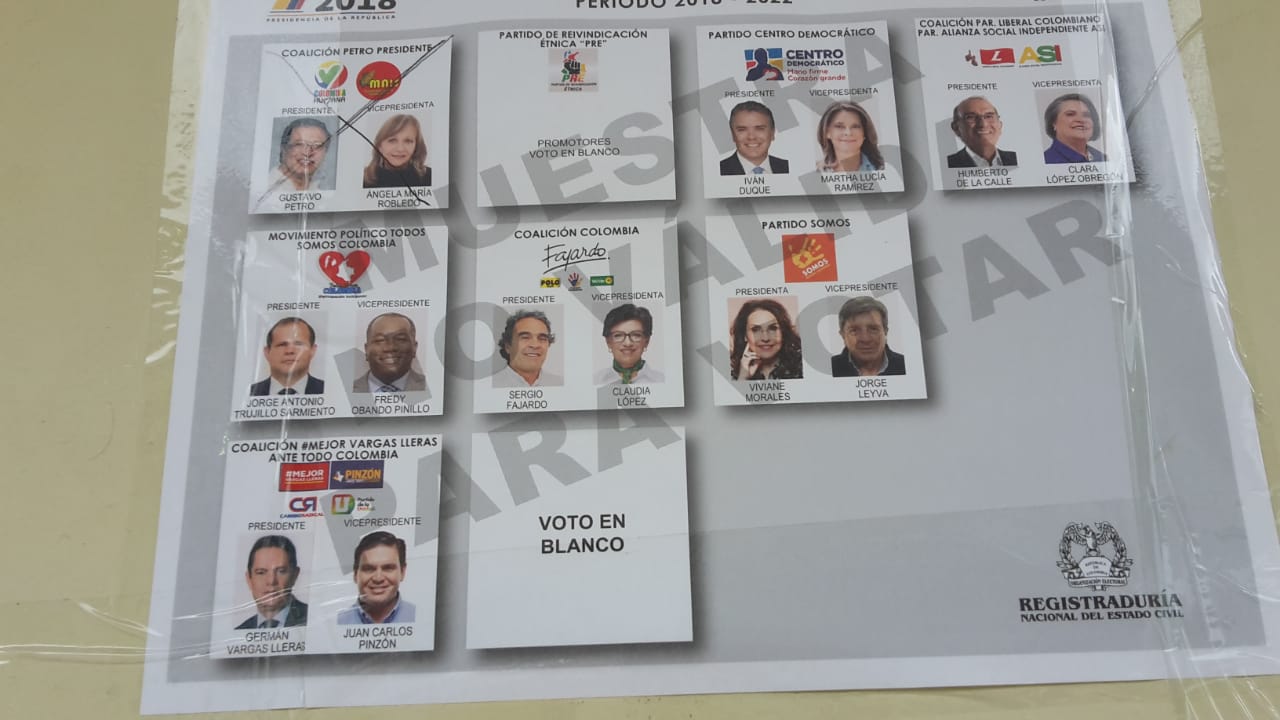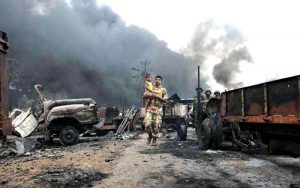
A Sri Lankan soldier carries a Tamil child during the civil war. Photo: www.irdc.ir
Siddharth Mohan draws interesting conclusions between Colombia and Sri Lanka regarding the end of a longstanding conflict on the other side of the world
“We have to inform the public that at the moment there are still important differences with the FARC”, said government chief negotiator Humberto de la Calle on March 23, as the teams in Havana missed the self-imposed deadline to reach a final deal.
The discussions in Havana have been going on for over three years, with Cuba and Norway acting as guarantor countries for the process. There are many reasons to be optimistic, such as the May 12 agreement to the legal mechanisms to ensure any eventual deal is constitutional. But there are also many causes for concern, including a recent Gallup poll that put the number of Colombians who believe a peace deal can be signed this year at just 28%.
It is natural to try to make comparisons between the peace process in Colombia and those in other countries. People often look to South Africa and Ireland, which are both examples of successful negotiations. However, right now there are important lessons to be learned from Sri Lanka, since it shows us the potential consequences of failed negotiations.
Sri Lanka, the small teardrop-shaped island nation that lies to the south of India, was the scene of Asia’s longest running – and one of the world’s deadliest – civil wars. This conflict, which lasted from 1983 to 2009, was fought between the Sinhalese majority and the separatist Tamil minority. The war left the country in shambles, inflicting untold emotional and physical scars.
Colombia and Sri Lanka are antipodes. They are on opposite sides of the world and have different languages and different cultures. However, there are similarities; sadly, many of them relate to internal conflict.
The two conflicts share the symbolic year of 1948. That was the year Sri Lanka gained independence from Great Britain, which led to a violent post-colonial period characterised by a perpetual conflict between the Sinhalese majority and the Tamil minority. The Ceylon Citizen Act, which disenfranchised one million Tamils, was introduced that year.
In Colombia, 1948 was the year Jorge Eliécer Gaitán was assassinated, causing mass rioting and sparking a decade-long civil war called La Violencia in which more than 200,000 people died. The roots of the FARC and the current violence can be traced back to this time.
While the root of the problems in Sri Lanka are ethnic tensions and in Colombia they are due to political ideology; at a simplified level conflict emerged in both countries as the result of a non-alignment between the political establishment and the needs of the people.
A military peace
The brutal war in Sri Lanka ended in May 2009 with a massive military campaign by the Sri Lankan government that led to the death of Prabhakaran, the head of The Liberation Tigers of Tamil Eelam (LTTE). The conflict cost an estimated 80,000-100,000 lives, and hundreds of thousands of civilians were displaced.
Former president Mahindra Rajapaksa, who lead the military offensive, said that “bitter memories should be written on sand as they get wiped away”. It is unsurprising that he wants people to forget, since the government was accused of killing over 40,000 civilians in the final weeks of the conflict. Indeed, his refusal to engage in any real reconciliation process has meant that even now, those bitter memories are still festering.
A report released last month from Amnesty International says, “The vast majority of alleged abuses before, during, and after Sri Lanka’s armed conflict have not been effectively investigated. Perpetrators have not been prosecuted and torture in police custody persists with impunity”. Families displaced during the conflict are still living in makeshift shelters and NGOs say there has not yet been a credible process of truth or reconciliation.
2002: An aborted peace process
Prior to the military solution, there was a point where a negotiated peace seemed possible. With a population that was weary of war and of its economic impact, and following the election of a new president, the two sides sat down in 2002. It is this negotiation, and the consequences of its breakdown, that warrant further consideration.
On February 22, the two sides signed a ceasefire agreement that was negotiated with the help of Norway. The country’s first real peace talks began in Thailand in September that year, followed by additional rounds of talks that ran until April 2003 when the LTTE pulled out of the process.
The ceasefire did not formally breakdown until 2006, and despite numerous ceasefire violations, that period did offer the country some respite from the violence.
According to an International Crisis Group report, the four main reasons the process failed were:
Incomplete participation:
The initial talks did not involve affected parties such as Muslims, non-LTTE Tamils and other Sinhalese parties. This caused significant divisions and resentment, which led to clashes and tension, especially in areas with large Muslim communities.
Lack of structural reform:
The government didn’t have the political clout to deliver the needed measures, especially on key issues such as reform of security forces and language politics, which would have set the stage for fortifying the peace process as well as reforming the Sri Lankan state.
Little focus on the end game:
While the LTTE had the simple goal of creating a separate state, the realities of that goal were a lot more complex and unclear. They totally failed to take into account what might be acceptable to a Sinhalese majority.
Limited international involvement:
Although Norway steadfastly stuck by the process, there was little other international involvement that would have helped maintain both pressure and perspective, especially on humanitarian issues.
The final straw came on July 21, 2006, when the LTTE closed the sluice gates of the Mavil Aru reservoir, cutting water supply to 15,000 villages in government-controlled areas.
As a result, the Sri Lankan Air Force attacked LTTE positions on July 26 while ground troops began an operation to open the gate. This led to the re-commencement of full scale war.
When Rajapaksa’s decade long authoritarian regime ended last year, many saw a chance for much needed reform, but Amnesty International and other NGOs are now warning that the window is passing.
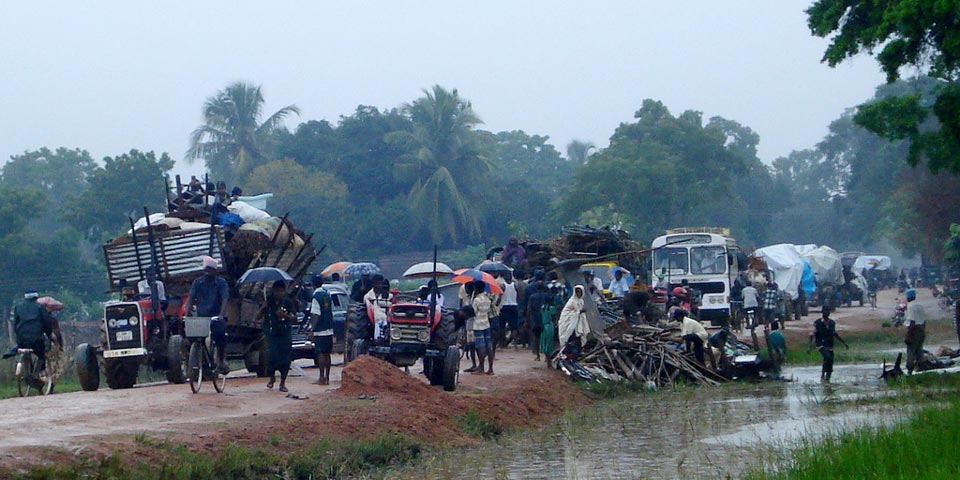
Civilians being displaced as a result of the Sri Lankan army’s military offensive. Photo: trokilinochchi, Flickr
Learning from the mistakes of others
It is noteworthy that the failure of the peace process in Sri Lanka could actually have magnified tensions. A working paper for the German Institute of Global and Area Studies has analysed the impact of failed mediation, taking Sri Lanka as an example. Their study argues that in this case, the failure of the 2002 peace process actually led to an escalation of violence and damaged future attempts at negotiation. Essentially, the process strengthened the position of hardliners, offered occasions for the two sides to discover new differences, and led a shift towards “less negotiable strategic objectives”.
The good news is that many of the mistakes made in Sri Lanka are not being made in Colombia. Obviously there is significant opposition, and the country is divided on important issues such as amnesty for FARC members. But there is also still significant political will to push for a lasting peace. In terms of participation, various groups – including victims – have joined the discussions in Havana and there is a chance that formal negotiations will soon begin with the ELN.
The government is facing challenges in pushing through the necessary reforms, but progress is being made, and in spite of recent wobbles, the pro-peace coalition is holding. As to the end game, the objectives have been clearly laid out and agreed upon since the start. There is also significant international participation, both at the negotiating table and in terms of support for the peace process.
After more than a decade of conflict, it is to be expected that these negotiations will take time and require the building of trust on all sides. For example, it is understandable that the FARC are wary of laying down their weapons, fearing a resurgence of the violence that killed about 3,000 members of the Union Patriotica movement following a previous failed peace attempt.
Those who try to argue that an all-out war against the insurgents would be better than the protracted negotiated peace efforts we see in Havana need to be patient. Negotiated peace is not an easy process. And once it is signed, it won’t be easy to maintain. But Sri Lanka still feels the repercussions of its military option seven years later – and even now has not been able to begin a process of reconciliation.
By Siddharth Mohan

